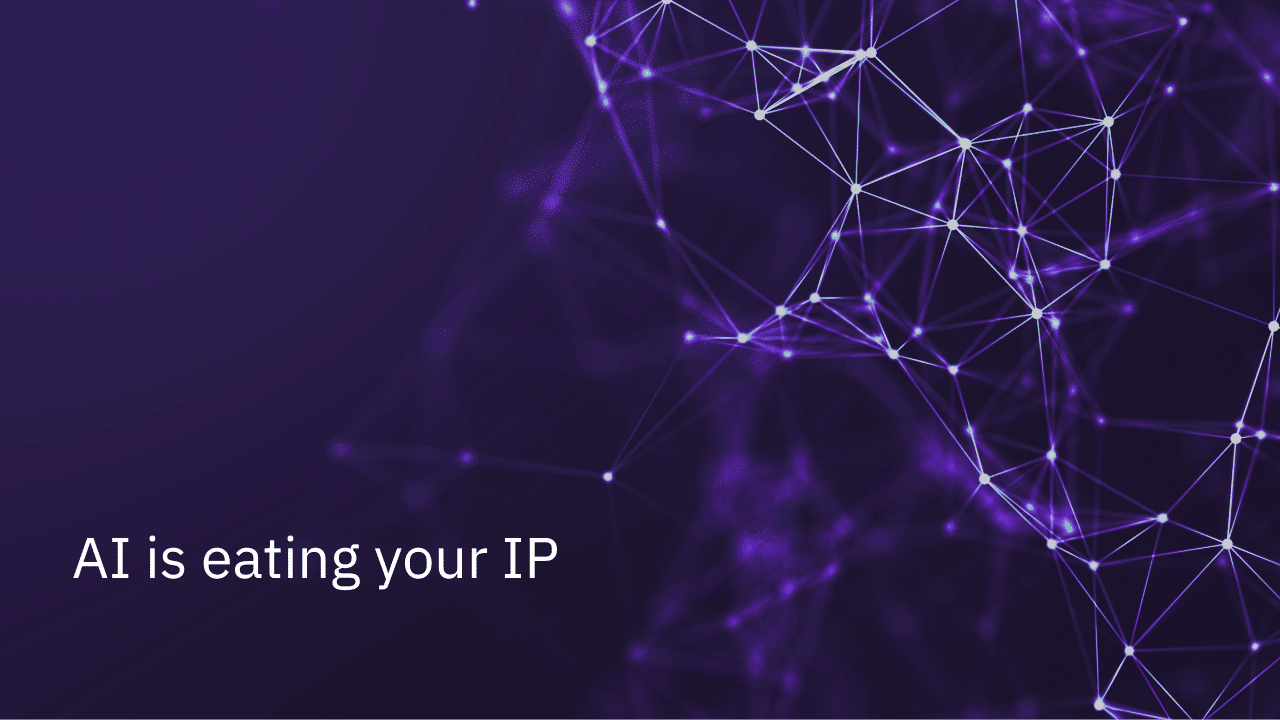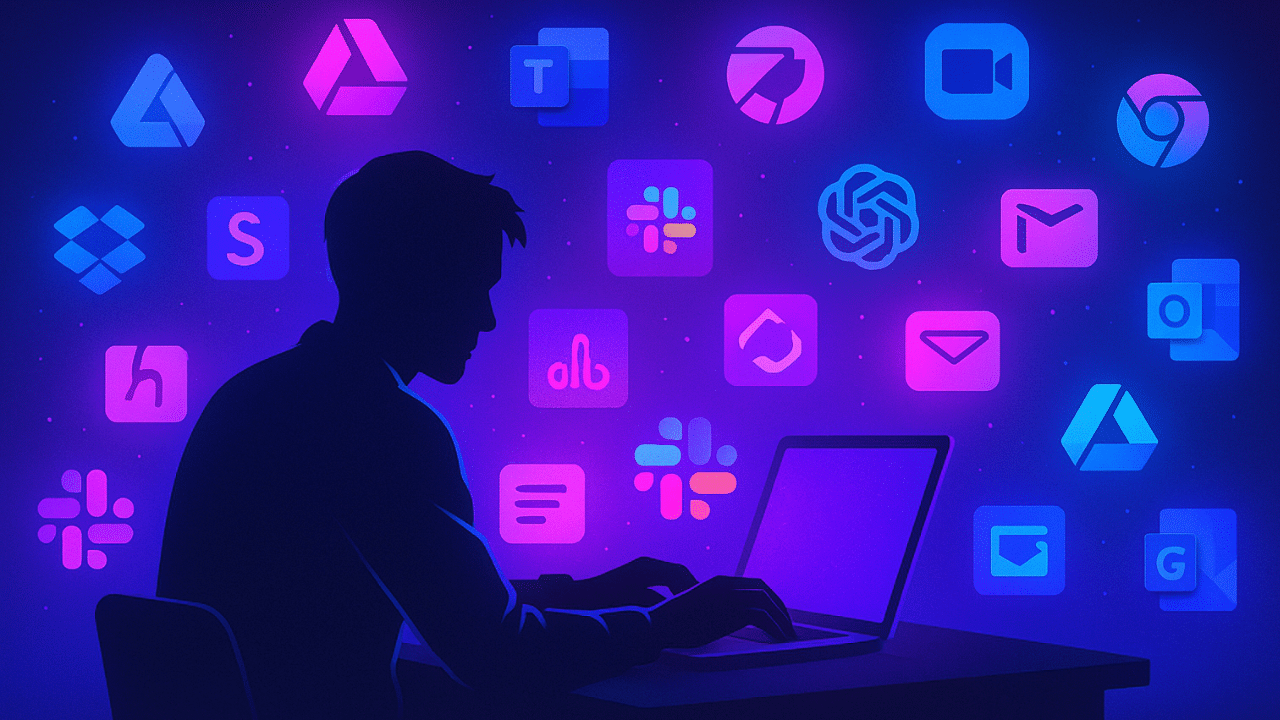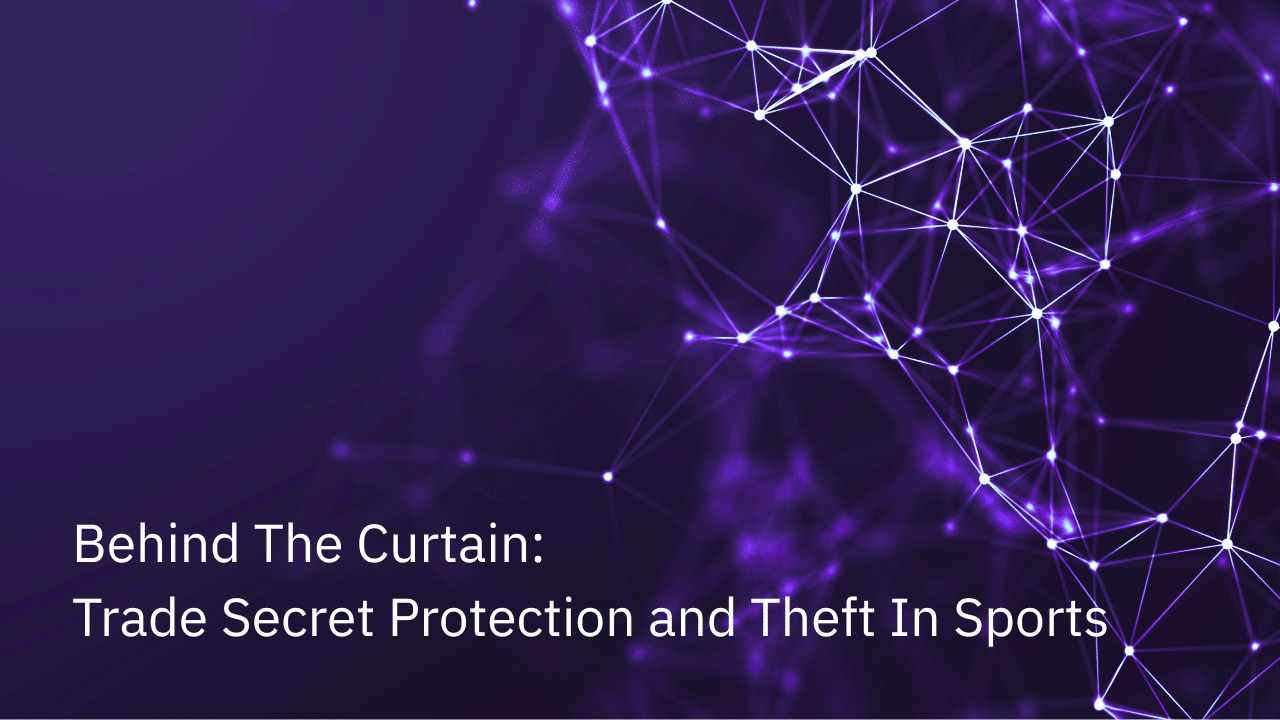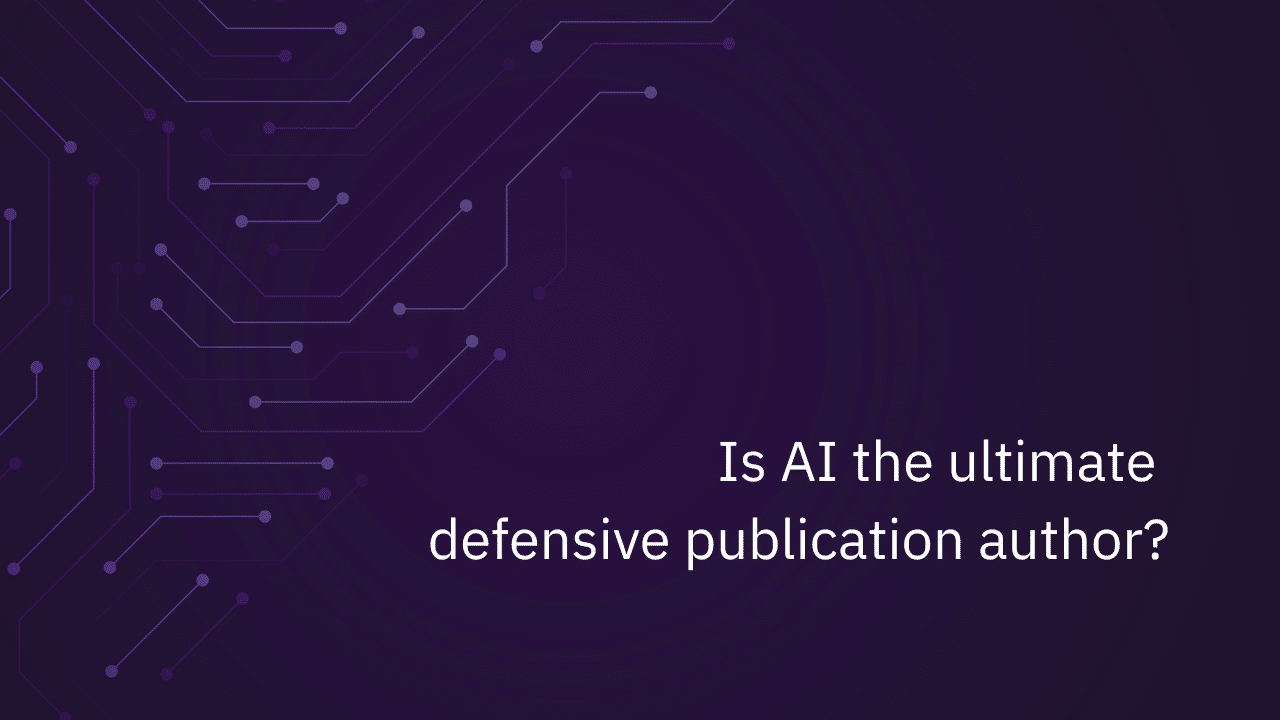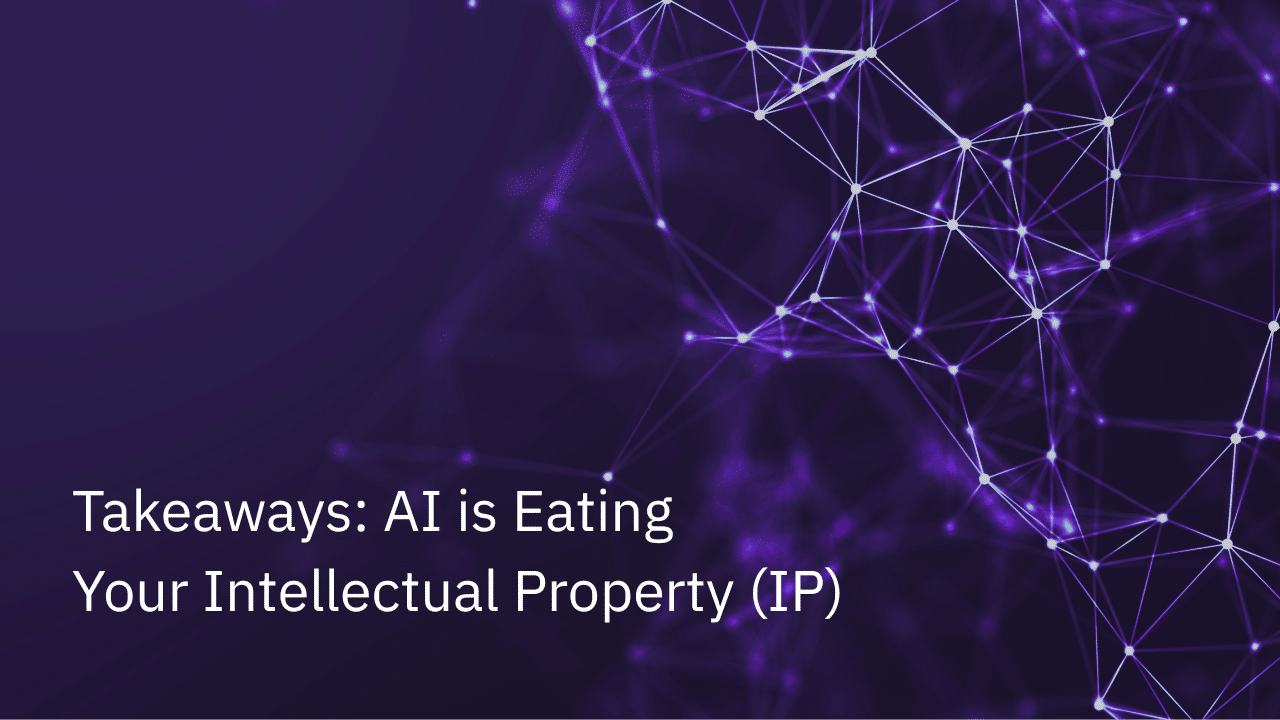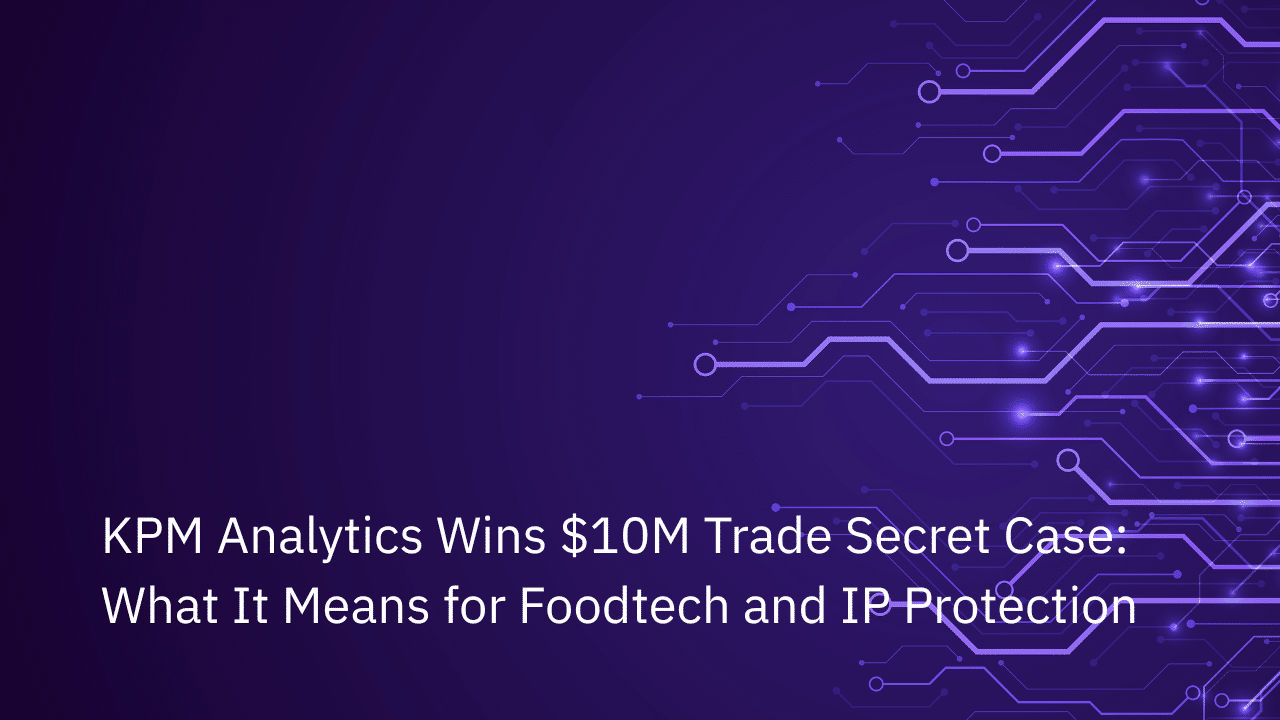Original Article in IAM Saturday Opinion on June 14, 2025: “AI Is Eating Your IP”
Precis: Saturday Opinion: With the aid of Gemini, Tangibly’s Chris Buntel and Tim Londgeran unpick the profound impact of the artificial intelligence revolution on patenting and trade secret strategies
This article was generated by Gemini. It was prompted, dehallucinated and humanised by Chris Buntel and Tim Londergan.
More than a decade ago, Marc Andreessen (who Gemini described as our good friend) penned a seminal essay, “Why Software Is Eating the World.” From media and retail to transportation and finance, software-driven companies have systematically dismantled and rebuilt entire industries, creating new titans and relegating yesterday’s giants to footnotes.
Today, we witness the dawn of an even more profound disruption: Artificial Intelligence. The message is stark: AI is coming for your Intellectual Property.
For centuries, innovation has been protected by two core pillars of intellectual property law: patents, which grant a temporary monopoly for novel, useful, and non-obvious inventions; and trade secrets, which shield valuable business information that derives its worth from not being generally known or readily ascertainable by others.
These legal frameworks, designed in an era of human-centric discovery and development, are now facing an existential crisis due to AI’s growing predictive power.
The legal standards of “non-obviousness” and “readily ascertainable” are about to be warped beyond recognition.
Consider the patent standard: an invention is non-obvious if it would not have been apparent to a “person having ordinary skill in the art” (PHOSITA) at the time of invention. But what happens when the “ordinary skill” is amplified a millionfold by AI? AI systems, trained on the entirety of human knowledge in a given field, can identify patterns, generate hypotheses, and propose solutions that would elude human researchers for years, if not decades.
AI systems are now capable of predicting novel drug molecules with specific therapeutic properties, sifting through enormous chemical spaces to identify promising candidates. An AI can design a molecule, detail its synthesis pathway, and predict its efficacy (see AIDDISON, Pharma.AI, and BioNeMo as examples). Is such a molecule, generated through sophisticated algorithms processing vast datasets, truly “non-obvious”? Or is it merely the logical output of a computational process?
The inventive spark, once the exclusive domain of human ingenuity, risks becoming a predictable flicker in a silicon brain.
Similarly, in the semiconductor design field, AI is architecting next-generation chip layouts, optimising for power, speed, and efficiency in ways that surpass human intuition. These AIs can explore a combinatorial design space so immense that no team of human engineers could ever exhaustively map it.
When an AI can generate thousands of viable, high-performance architectures, is any single one truly “non-obvious,” or are they all just points on a computationally accessible frontier, waiting to be plotted? The very definition of “invention” is being blurred.
If an AI can predict the next logical advancement in a technology, or deduce a competitor’s proprietary process by analysing publicly available data and product characteristics, the protections afforded by patent and trade secret law start to erode.
Why now? The AI confluence
This is not a distant dystopian future; it is the rapidly accelerating present. What factors are empowering AI to consume IP?
- The data tsunami: We have more data – from scientific publications and patent filings to market analyses and operational metrics – than ever before. This vast ocean of information is the lifeblood of AI. Data begets data.
- Algorithmic revolutions: Breakthroughs in machine learning, particularly in deep learning, transformer architectures, and generative adversarial networks, have Powered AI models capable of understanding, creating, and predicting with high accuracy across diverse domains.
- Ubiquitous supercomputing: The exponential growth in processing power, coupled with the accessibility of cloud-based supercomputing, means that training and deploying these incredibly complex AI models is no longer the exclusive domain of a few elite research labs.
This trifecta – vast data, powerful algorithms, and accessible computation – means that AI can now learn, infer, and generate at a scale and speed that makes the traditional hurdles for IP protection seem quaint.
The path forward: A fortress of system-level secrecy
If the protection of individual “point solutions” – that specific drug molecule, that particular semiconductor layering technique – becomes increasingly futile due to AI’s predictive prowess, where does this leave businesses striving to maintain a competitive edge?
The most viable path forward lies in embracing system-level secrecy. The focus of intellectual property protection must shift from discrete, easily predictable components to the holistic, integrated system of innovation. While an AI might predict a single molecule, it is far more challenging for it to replicate an entire, uniquely orchestrated ecosystem of discovery, development, and delivery.
Trade secret law, in this vision, retains its power, but its application requires companies to think more holistically and strategically. The “secret” is no longer just the recipe for the Coca-Cola syrup; it is the entire Coca-Cola company’s intricate, continuously optimised system.
Perhaps to emphasise the point, see what Gemini knows about the Coca-Cola formula (note: Tim added this comment, not Gemini).
This system approach – the specific amalgamation of market insight, research direction, development methodology, economic modelling, and manufacturing prowess, all augmented and interconnected by proprietary AI – becomes the defensible trade secret. Each individual part might be, or soon become, “obvious” or “readily ascertainable” to a sophisticated AI in isolation.
But the whole, the unique architecture and dynamic interplay of these components, refined by years of specific operational learning, represents a formidable barrier to entry. The competitive advantage lies in the complexity and integration of the system, a system whose value is far greater than the sum of its AI-predictable parts.
Conclusion: Adapt, integrate or be devoured
Marc Andreessen was right about software but the paradigm shift AI represents is even more fundamental for intellectual property. AI is not merely a new tool; it is a new substrate for discovery, a new engine of creation, a new lens through which the “obvious” and the “ascertainable” will be viewed. Its predictive capabilities are a force that will unlock unprecedented innovation but will also relentlessly commoditise unprotected ingenuity.
Businesses that understand this tectonic shift will thrive. They will re-evaluate their IP strategies, moving beyond a reliance on soon-to-be-eroded protections for isolated inventions. They will invest in building complex, integrated, AI-augmented systems, and they will learn to protect these systems as their most valuable trade secrets.
The old world of IP is fading. In the new world order, AI will relentlessly probe for weaknesses, predict the unprotected, and assimilate the easily ascertained. Those who fail to adapt, who fail to build their fortresses of system-level secrecy, will find their most precious intellectual property not just eaten, but digested and re-synthesized by the ever-learning, ever-predicting mind of the machine.










